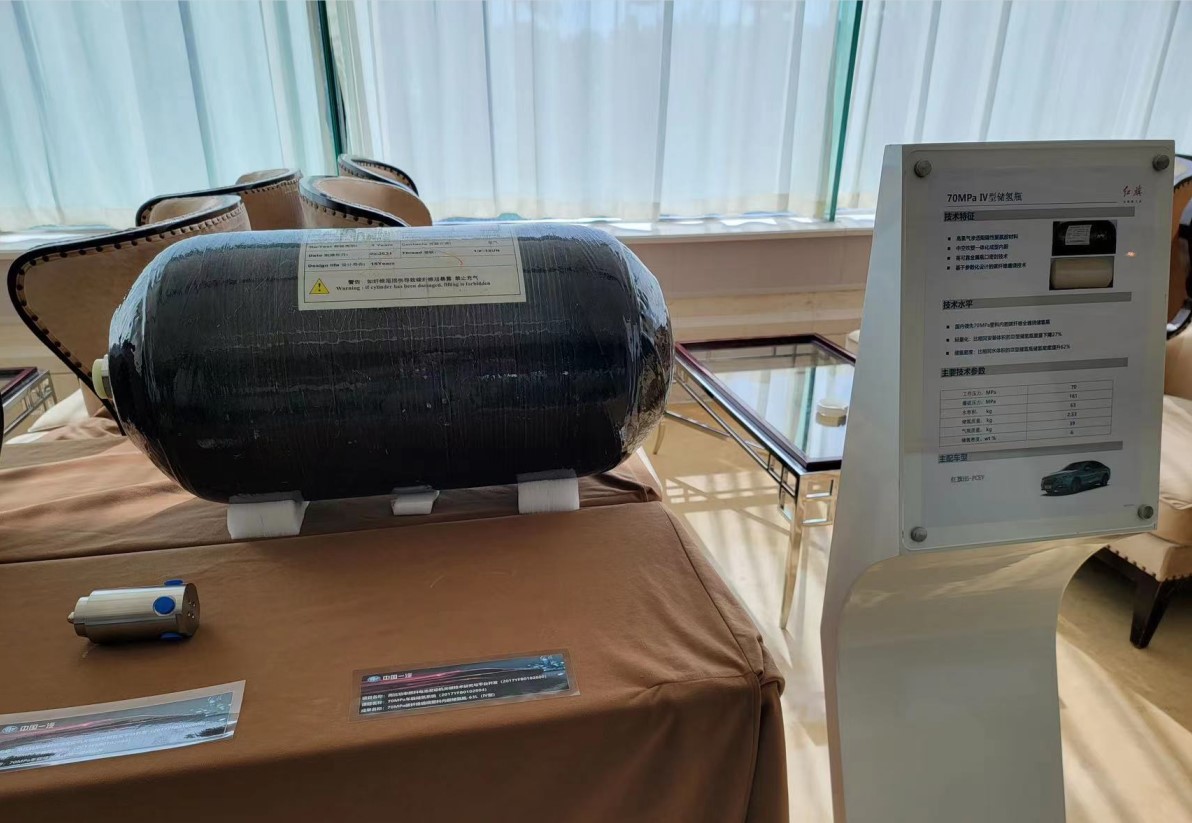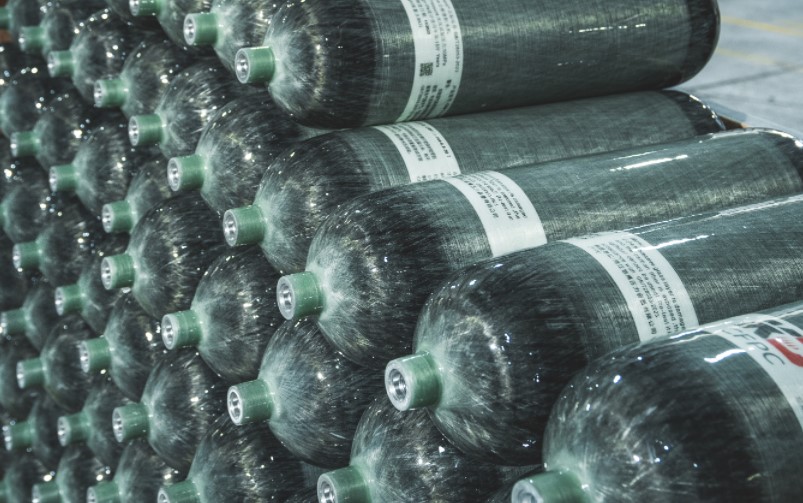As the global focus shifts towards sustainable energy solutions, hydrogen has emerged as a leading contender in the race to replace fossil fuels. However, the journey towards efficient hydrogen storage is fraught with significant challenges that demand groundbreaking solutions. This article delves into the obstacles of hydrogen storage and the innovative strategies driving the industry forward.
The Challenges of Hydrogen Storage
A. The Elusive Nature of Hydrogen:
Hydrogen’s low density makes it difficult to store in large quantities. This requires innovative storage methods to maximize capacity and ensure efficiency.
B. Pressure and Temperature Variability:
Hydrogen storage systems must operate under varying pressure and temperature conditions. Developing systems that can handle these fluctuations is a complex engineering task.
C. Material Compatibility:
Traditional storage materials often face compatibility issues with hydrogen, which can cause embrittlement and leakage. This necessitates the development of alternative materials capable of safely containing hydrogen.
Pioneering Solutions
1.Advanced Composite Materials: Carbon fiber composite cylinders have proven to be revolutionary in various industries and now show great promise for hydrogen storage. These cylinders are both lightweight and incredibly strong, providing a practical solution to the challenges of weight and durability.
2.Metal-Organic Frameworks (MOFs): MOFs are porous materials that offer high surface areas and tunable structures, making them ideal for hydrogen adsorption. Their ability to be customized to specific storage needs addresses material compatibility issues.
3.Liquid Organic Hydrogen Carriers (LOHCs): LOHCs present a novel solution by acting as reversible hydrogen carriers. These liquid compounds can absorb and release hydrogen efficiently, offering a safe and energy-dense storage alternative.
The Advantages of Carbon Fiber Cylinders
In the sphere of hydrogen storage, carbon fiber cylinders stand out as a robust and versatile solution. Reinforced with carbon fiber composites, these cylinders offer a unique combination of durability and lightweight design that aligns perfectly with the demands of hydrogen storage applications.
Durability and Lightweight Design: Carbon fiber cylinders are known for their exceptional tensile strength, which is critical for secure hydrogen containment. This strength ensures that the cylinders can withstand the high pressures and temperature variations that are characteristic of hydrogen storage. Additionally, the lightweight nature of carbon fiber reduces the overall weight of storage systems, making them easier to handle and transport.
Compatibility with Safety Standards: Carbon fiber cylinders are designed to meet stringent safety standards, making them a preferred choice for industries focused on hydrogen storage. Their ability to maintain structural integrity under extreme conditions ensures the safe storage and transport of hydrogen.
Practical Applications: These cylinders are not only useful in industrial applications but are also making their way into automotive and aerospace sectors. The lightweight nature of carbon fiber reduces the weight of vehicles, improving fuel efficiency and performance. This makes carbon fiber cylinders a crucial component in the development of hydrogen-powered transportation.
The Future of Hydrogen Storage
The integration of carbon fiber cylinders with other innovative hydrogen storage solutions heralds a new era in clean energy storage. As research and development continue to advance, the synergy between cutting-edge materials and practical applications promises to make hydrogen a more accessible and viable energy source.
Exploring New Territories: The industry is constantly exploring new materials and technologies to improve hydrogen storage. The use of advanced materials like MOFs and LOHCs, combined with the reliability of carbon fiber cylinders, is paving the way for more efficient and effective storage solutions.
Sustainable Energy Future: The ultimate goal is to create a sustainable energy future where hydrogen plays a significant role. By overcoming storage challenges through innovative solutions, hydrogen can become a key player in reducing our reliance on fossil fuels and mitigating climate change.
Ongoing Research and Development: Continuous investment in research and development is crucial for the evolution of hydrogen storage technologies. Collaborations between industry, academia, and government agencies are essential to drive innovation and bring new solutions to market.
Conclusion
Overcoming the challenges of hydrogen storage requires a multifaceted approach that combines advanced materials with innovative engineering solutions. Carbon fiber cylinders, with their exceptional durability and lightweight design, are playing a pivotal role in this transformation. As the industry navigates these challenges, the integration of new technologies with established methods promises a sustainable future powered by hydrogen.
The journey towards efficient hydrogen storage is not without its hurdles, but the relentless pursuit of innovation is paving the way for a cleaner, greener energy landscape. With continued advancements in materials science and engineering, hydrogen has the potential to become a cornerstone of our sustainable energy future.
Post time: Jul-17-2024


